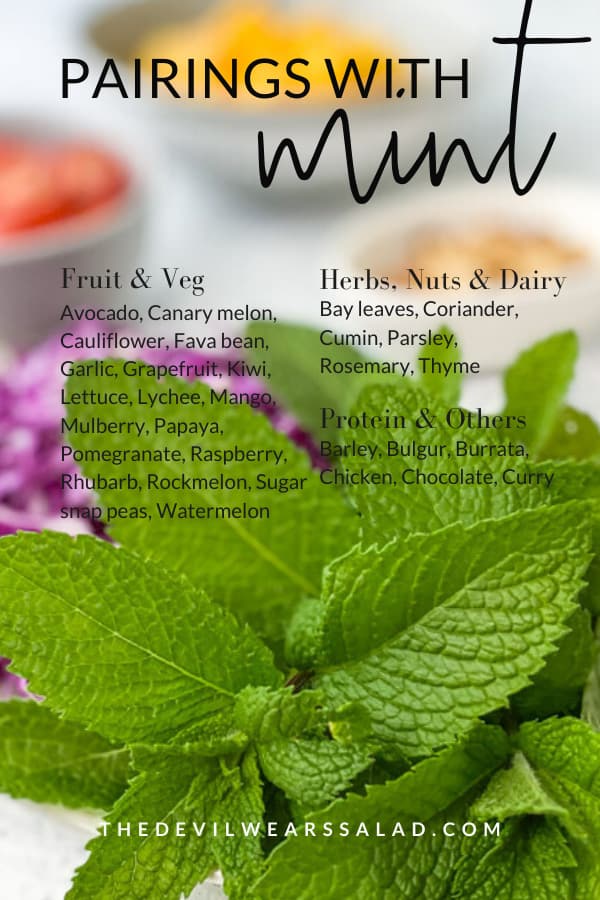
Sheet Pan Banana Pancake Breakfast Board
24 to 26-inch (60-66 cm) food board
Sheet-Pan Banana Pancake (recipe follows)
11/2 T. (23 ml) olive oil
12 eggs, beaten
11/2 tsp. kosher salt
1/2 cup (60 g) grated sharp Cheddar cheese
1 T. (5 g) chopped scallion, for garnish
1 package (20 ounces, or 560 g) maple breakfast sausage, cooked
1 cup (240 ml) heavy cream
1/4 cup (30 g) powdered sugar
1/2 tsp. vanilla extract
2 pounds (908 g) strawberries
1 pound (454 g) blueberries
1 cantaloupe, cut into 2-inch (5-cm) pieces
Mint, for garnish
2 ¼ cups (540 ml) buttermilk
½ cup (120 g) Greek yogurt
2 eggs
¼ cup (60 ml) water
2 ½ tsp. (12 ml) vanilla extract, divided
2 tsp. (10 g) kosher salt, divided
¼ cup (50 g) granulated sugar
½ cup plus 2 T. (125 g) packed dark brown sugar, divided
2 ¼ cups (270 g) all-purpose flour
1 tsp. baking powder
1 ¼ tsp. baking soda
1 tsp. cinnamon
1 T. (15 ml) maple syrup
¼ cup (60 g) unsalted butter
8 ounces (224 g) bacon, cooked
3 to 4 bananas, peeled and quartered
BOARD ASSEMBLY: Place 3 hot pads or trivets on the board to hold the pancake. Place a large bowl on the board to hold the scrambled eggs and a medium bowl to hold the sausages. Place a hot pad or trivet underneath each bowl. Heat the oil in a large nonstick skillet. Pour in the eggs and sprinkle with the salt and cheese. Cook, scrambling, until just set and no longer wet. Pour into the bowl, scatter the scallions on top, and cover to keep warm. Cook the sausage according to package directions, place in a medium bowl, set on the board, and cover to keep warm. In a bowl using a mixer, whip the cream for 2 to 3 minutes until thick; add the powdered sugar and vanilla. Gently mix, transfer a medium bowl, and place on the board. Fill in the spaces with the strawberries, blueberries, and cantaloupe and small sprigs of mint. For the Pancakes: Preheat the oven to 500°F (250°C, or gas mark 10). Coat a 13 x 18-inch (3 3 x 46-cm) baking sheet with nonstick spray on the bottom and the edges (important for ensuring your pancake flips out of the pan). Place a piece of parchment on the bottom of the sheet pan and set aside. In a large mixing bowl, whisk together the buttermilk, yogurt, eggs, water, 2 tsp. (10 ml) of the vanilla, 11/2 tsp. (8 g) of the salt, granulated sugar, and 2 T. (25 g) of the brown sugar. Set aside. In a separate bowl, combine the flour, baking powder, baking soda, and cinnamon. Set aside. In a small saucepan, combine the remaining 1/2 cup (100 g) brown sugar, remaining 1/2 tsp. (2 ml) vanilla, remaining 1/2 tsp. (2 g) salt, maple syrup, and butter. Cook over medium heat, stirring, until the sugar begins to bubble. Remove from the heat and spread evenly onto the parchment-lined baking sheet. Lay down the bacon and bananas on the brown sugar mixture in diagonal rows, alternating bananas and bacon. Pour the flour mixture into the wet ingredients and whisk together. Small clumps are okay; do not overmix. Spread the batter over the bacon and bananas, gently smoothing the top. Immediately place in the oven and reduce the temperature to 400°F (200°C, or gas mark 6). Bake for 15 to 18 minutes, or until a cake tester comes out clean and the top of the pancake is lightly browned. Remove from the oven and let cool for 3 to 4 minutes. Using a sharp knife, carefully cut around the edges to ensure the pancake releases. Flip the pan upside down onto a large platter or cutting board. Remove the pan and gently pull the parchment off. Cut the pancake into squares, arrange on a platter, and keep warm until ready to serve, then place on the board.
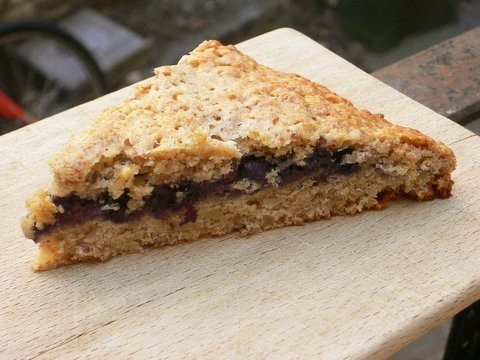 Blueberry Bannock Scone
Blueberry Bannock Scone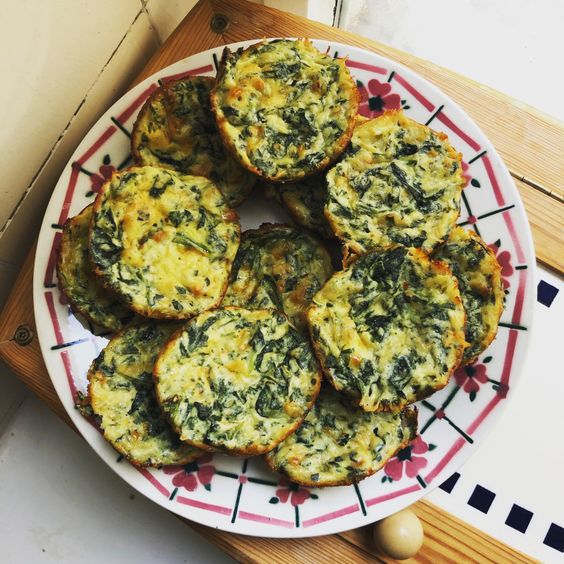 Catherine Newman’s Ricotta and Spinach Frittatine
Catherine Newman’s Ricotta and Spinach Frittatine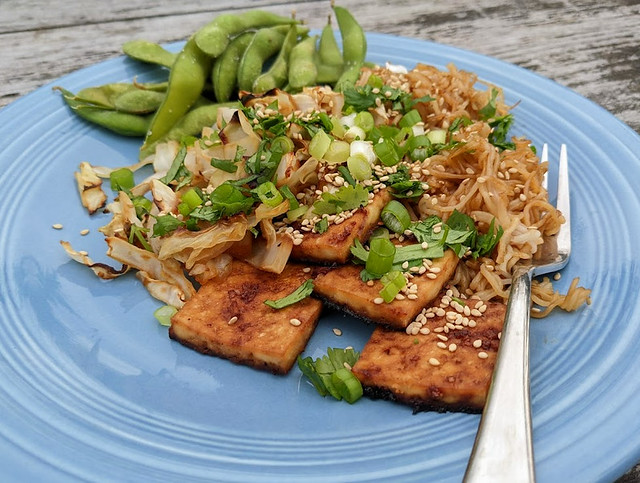 Sheet Pan Dinner: Crispy Ramen Noodles with Glazed Tofu & Roasted Shredded Cabbage
Sheet Pan Dinner: Crispy Ramen Noodles with Glazed Tofu & Roasted Shredded Cabbage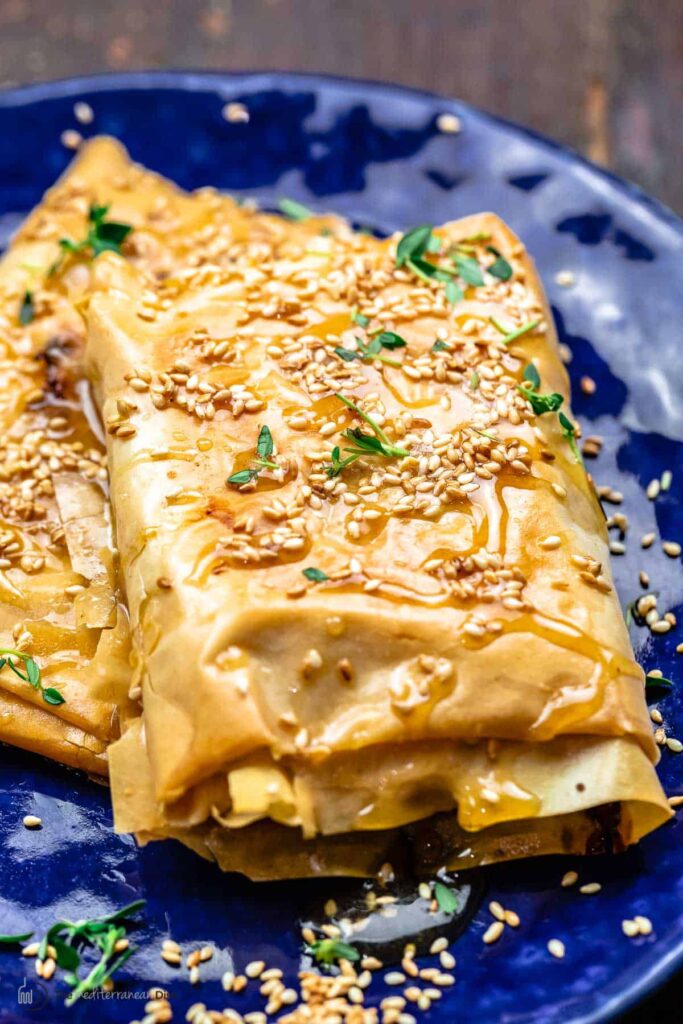 Phyllo-Wrapped Feta with Tahini-Honey
Phyllo-Wrapped Feta with Tahini-Honey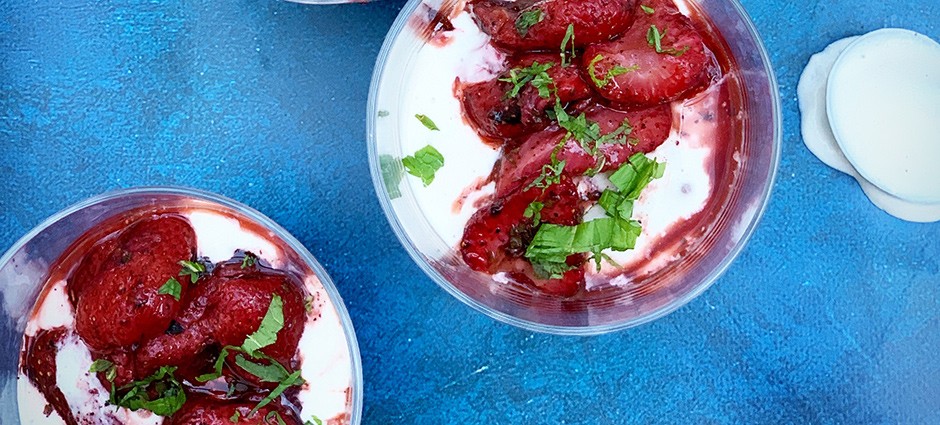
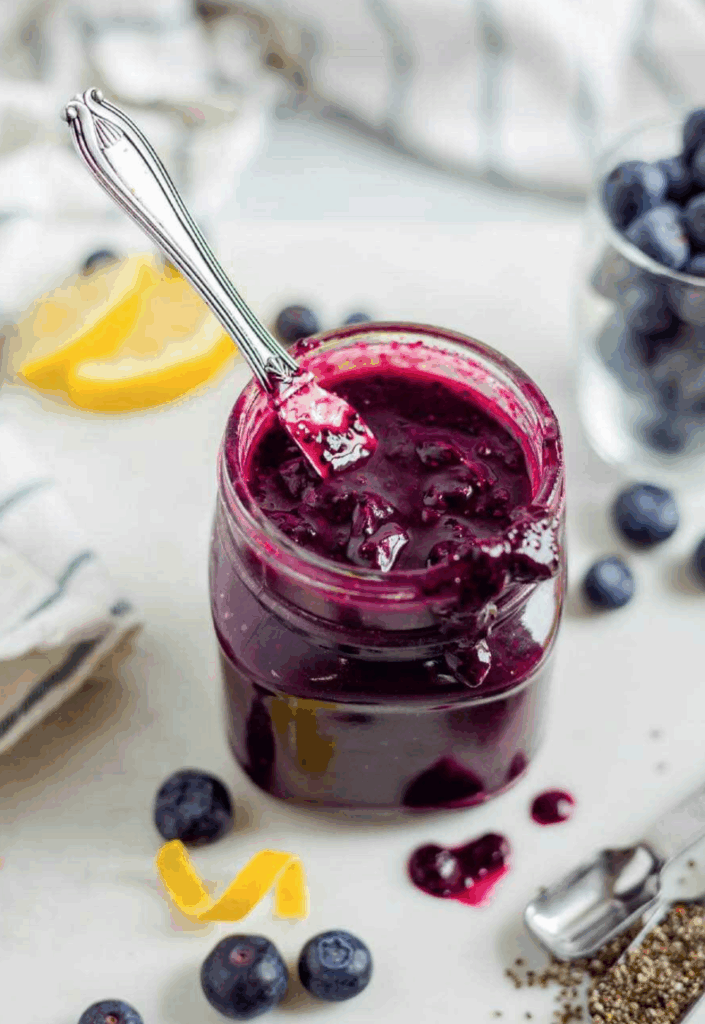 Blueberry Chia Jam
Blueberry Chia Jam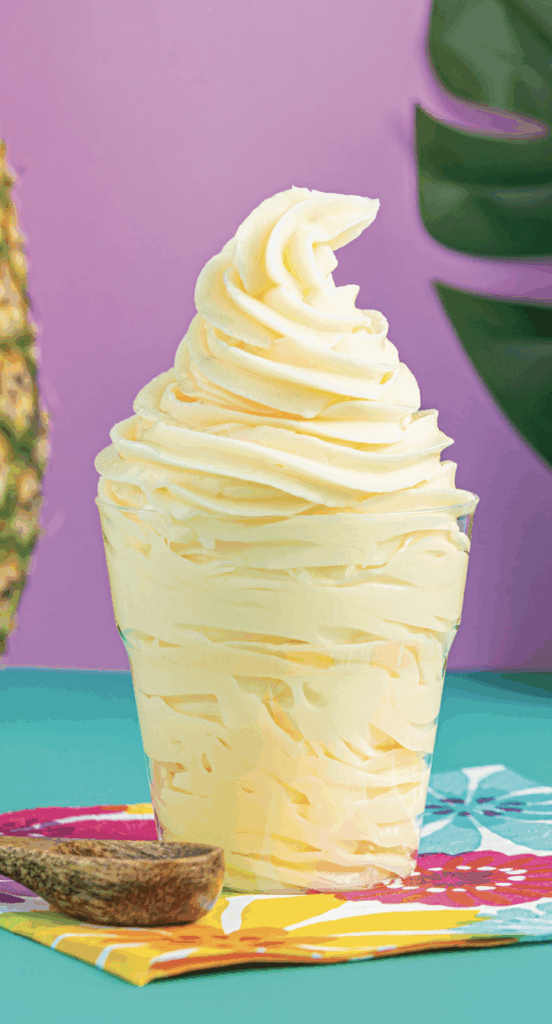 Freezer Dole Whip
Freezer Dole Whip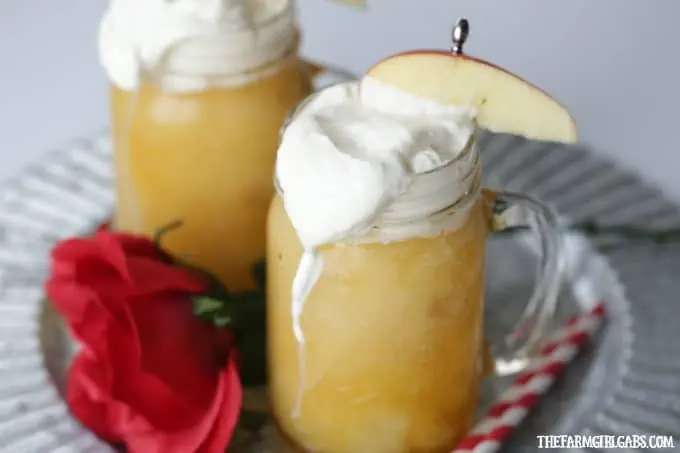 LeFou’s Brew
LeFou’s Brew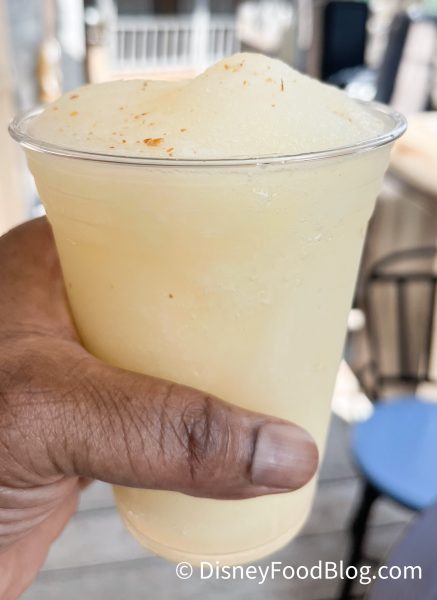 Gold Port Galley Lemonade
Gold Port Galley Lemonade Jungle Juleps
Jungle Juleps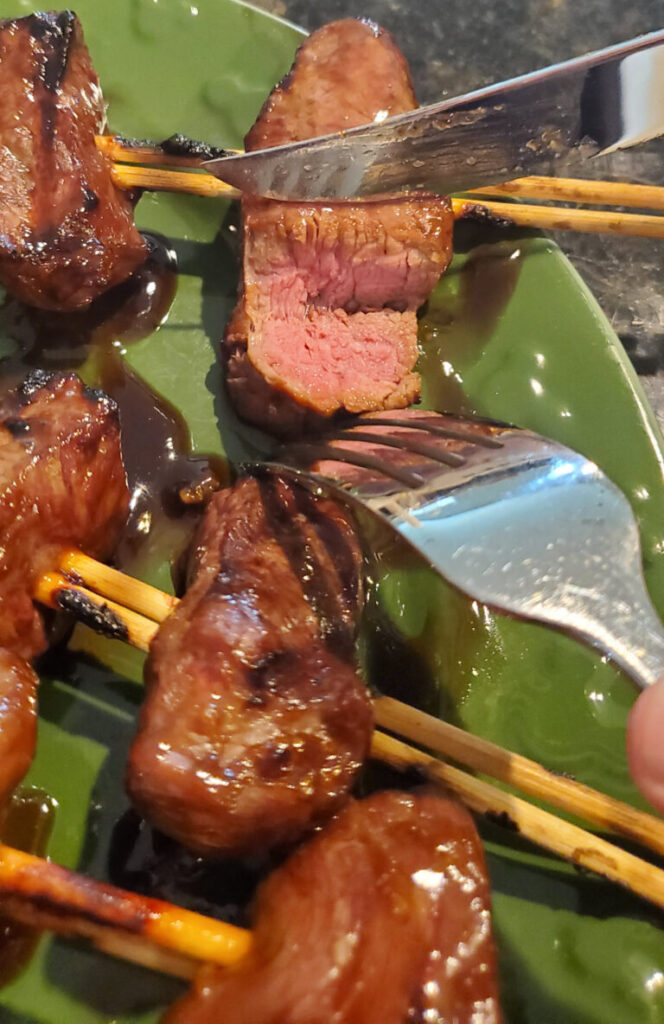 Disneyland Bengal Beef Skewers
Disneyland Bengal Beef Skewers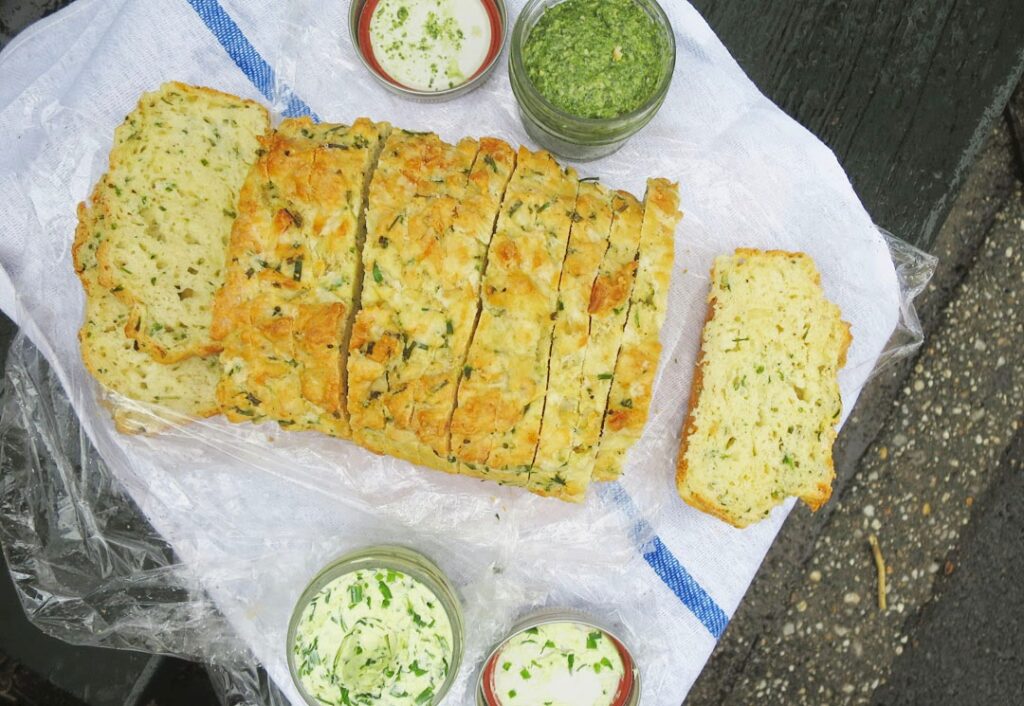 Cheese Bread with Field Garlic
Cheese Bread with Field Garlic Cookies and Cream Mickey Cupcakes
Cookies and Cream Mickey Cupcakes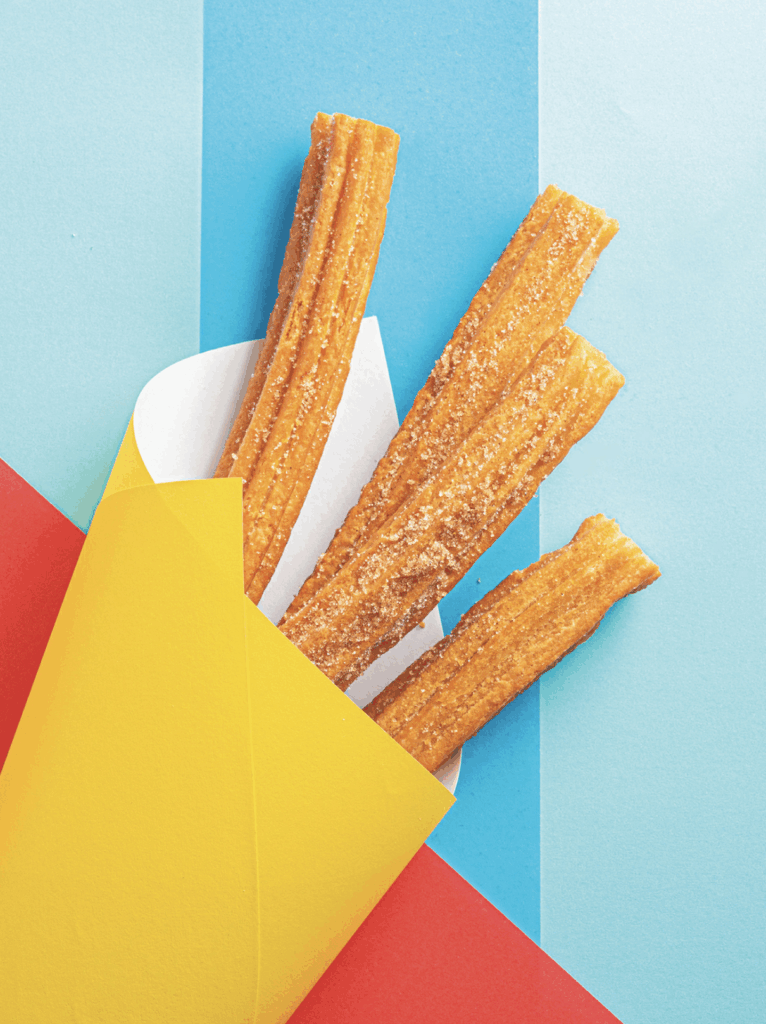 Disneyland Churros
Disneyland Churros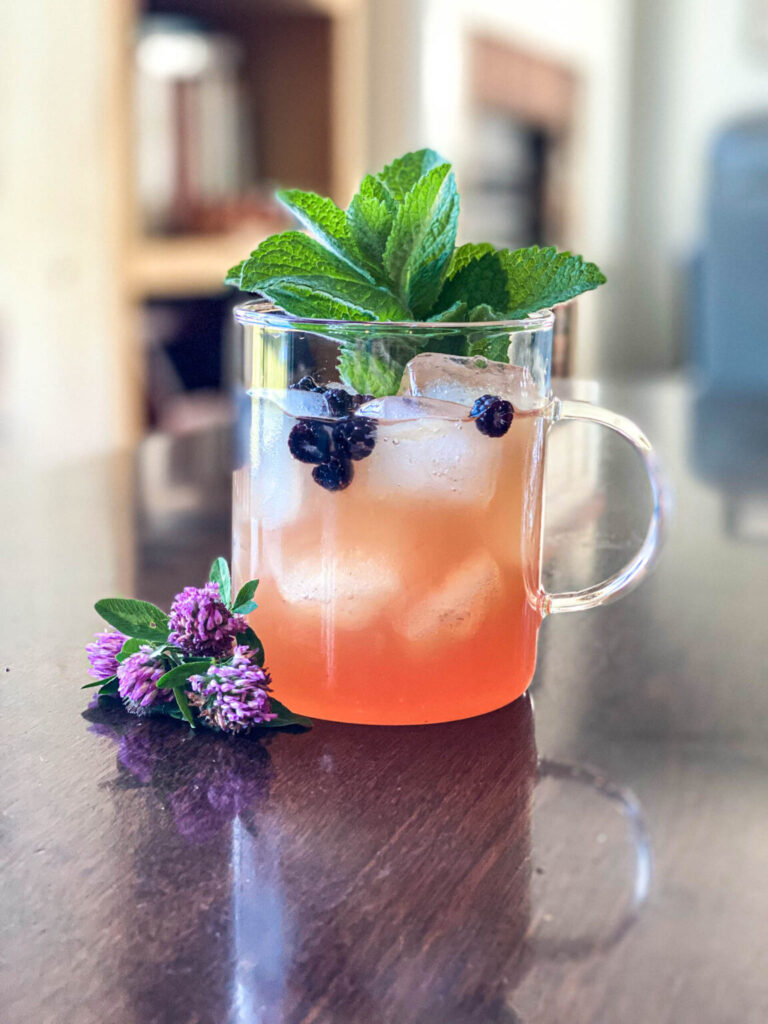 Red Clover Lemonade
Red Clover Lemonade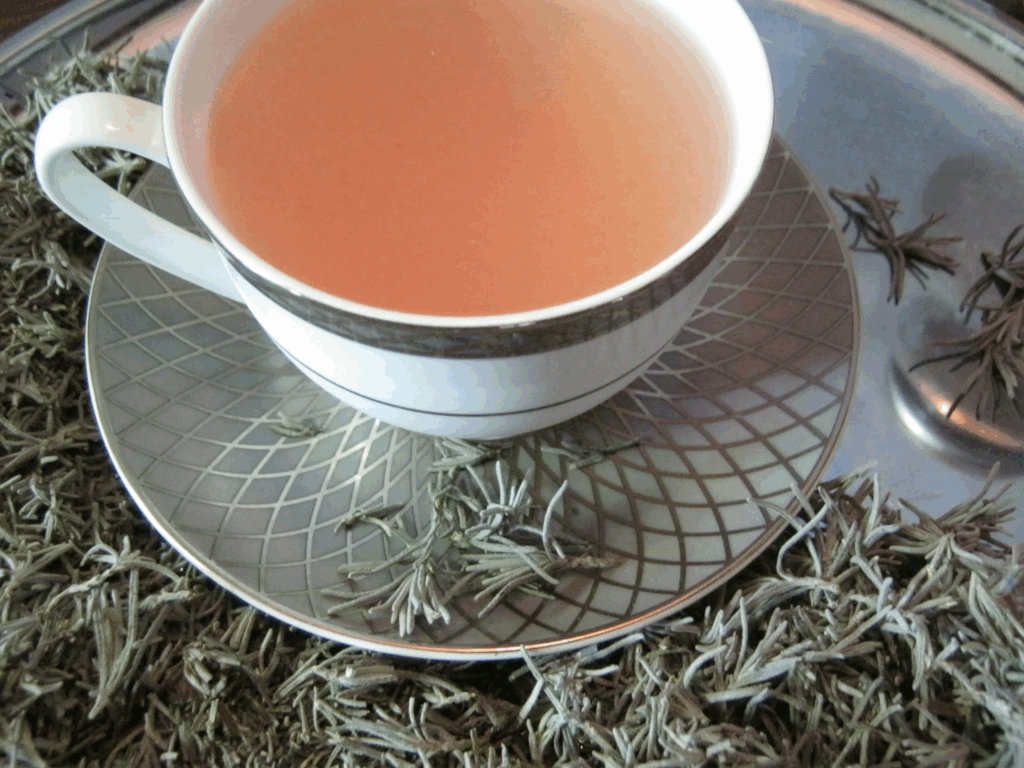 Happiness Tea
Happiness Tea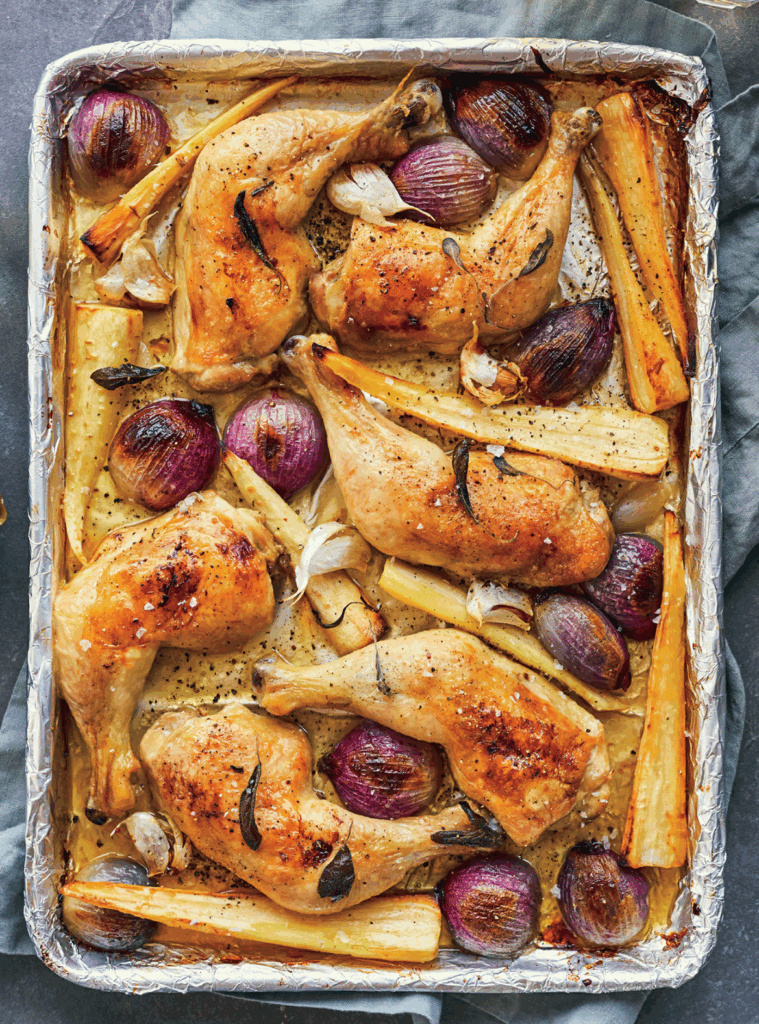 Chicken Legs with Red Onions & Parsnips
Chicken Legs with Red Onions & Parsnips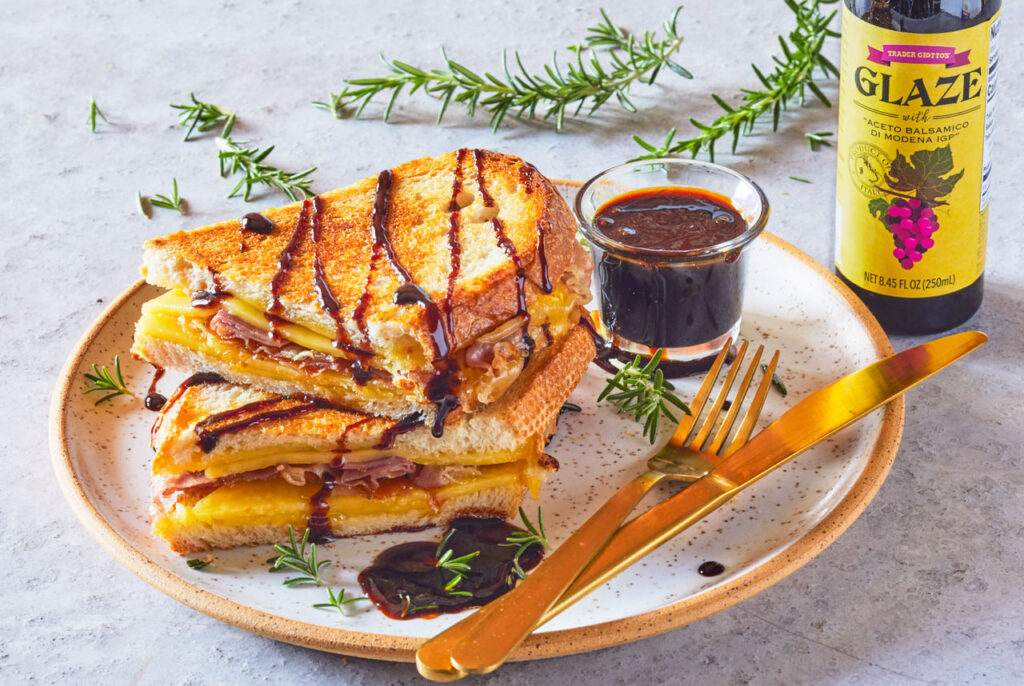
 Paper-Thin Beef with Snow Peas
Paper-Thin Beef with Snow Peas Mozzarella Medley Prosciutto Toast
Mozzarella Medley Prosciutto Toast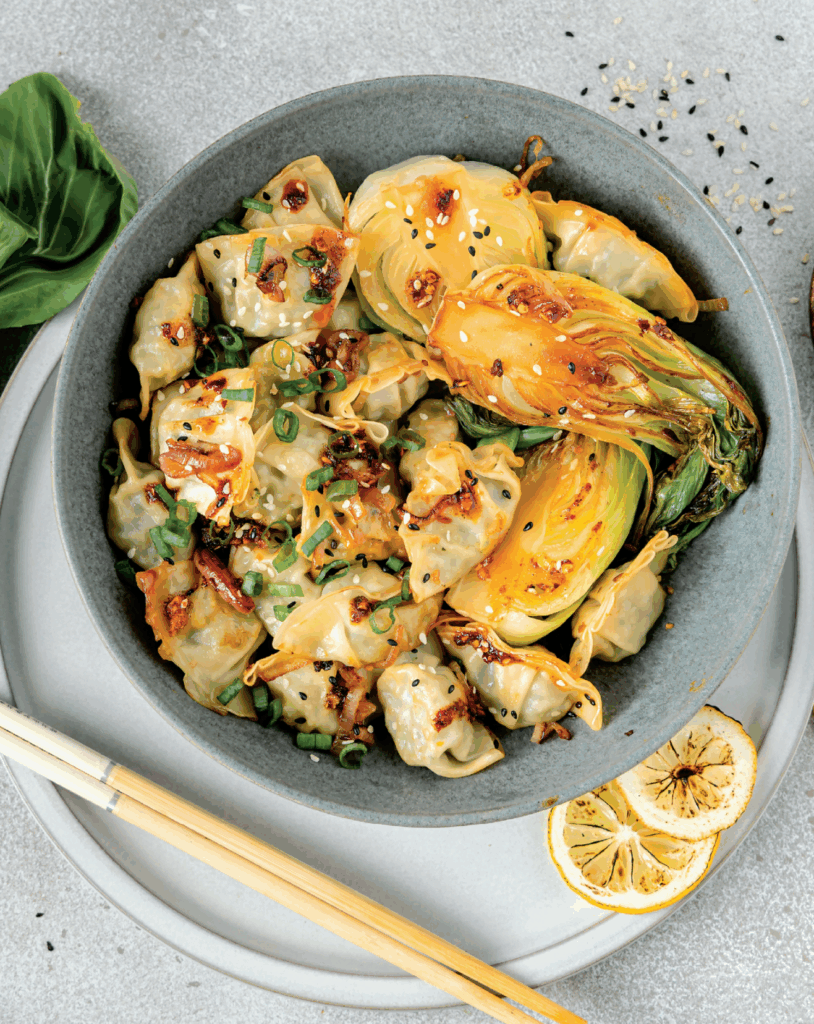 Spicy Wonton Bowls
Spicy Wonton Bowls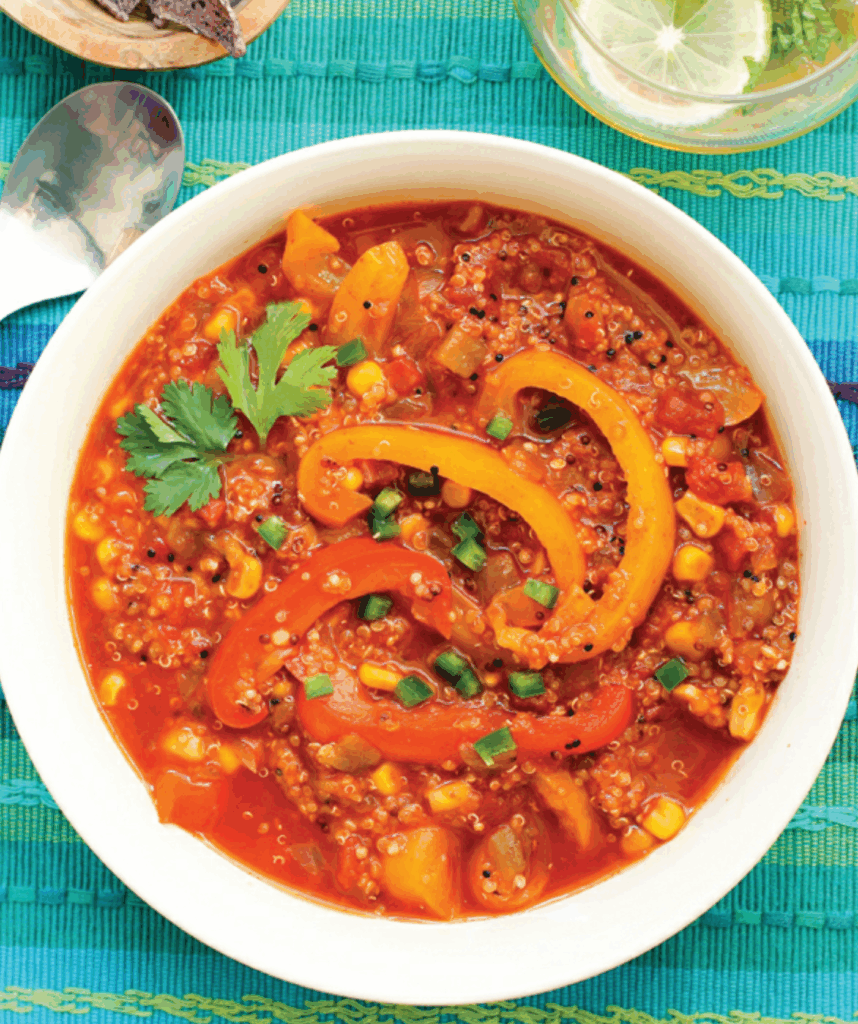 Crockpot Enchilada Soup
Crockpot Enchilada Soup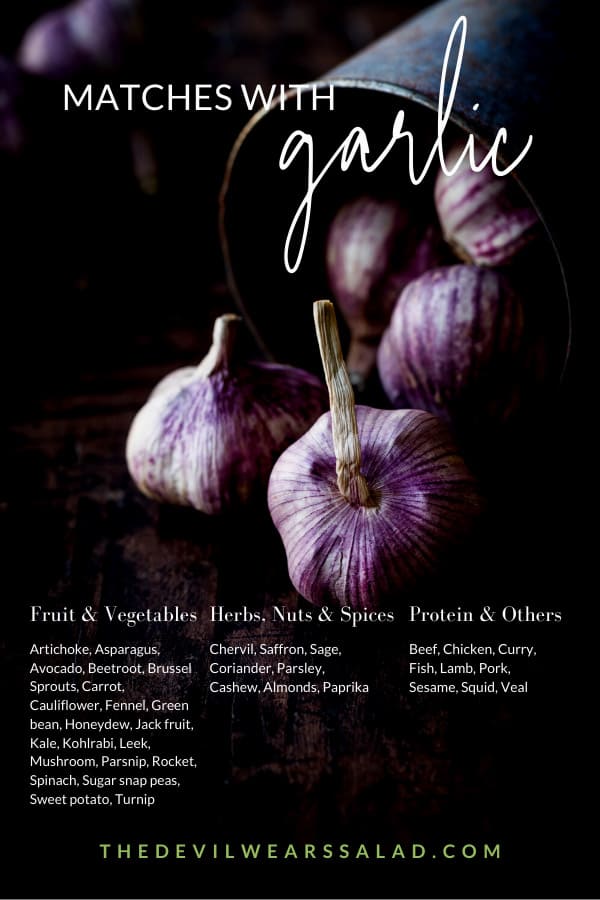
 Garlicky Hoisin Mushrooms
Garlicky Hoisin Mushrooms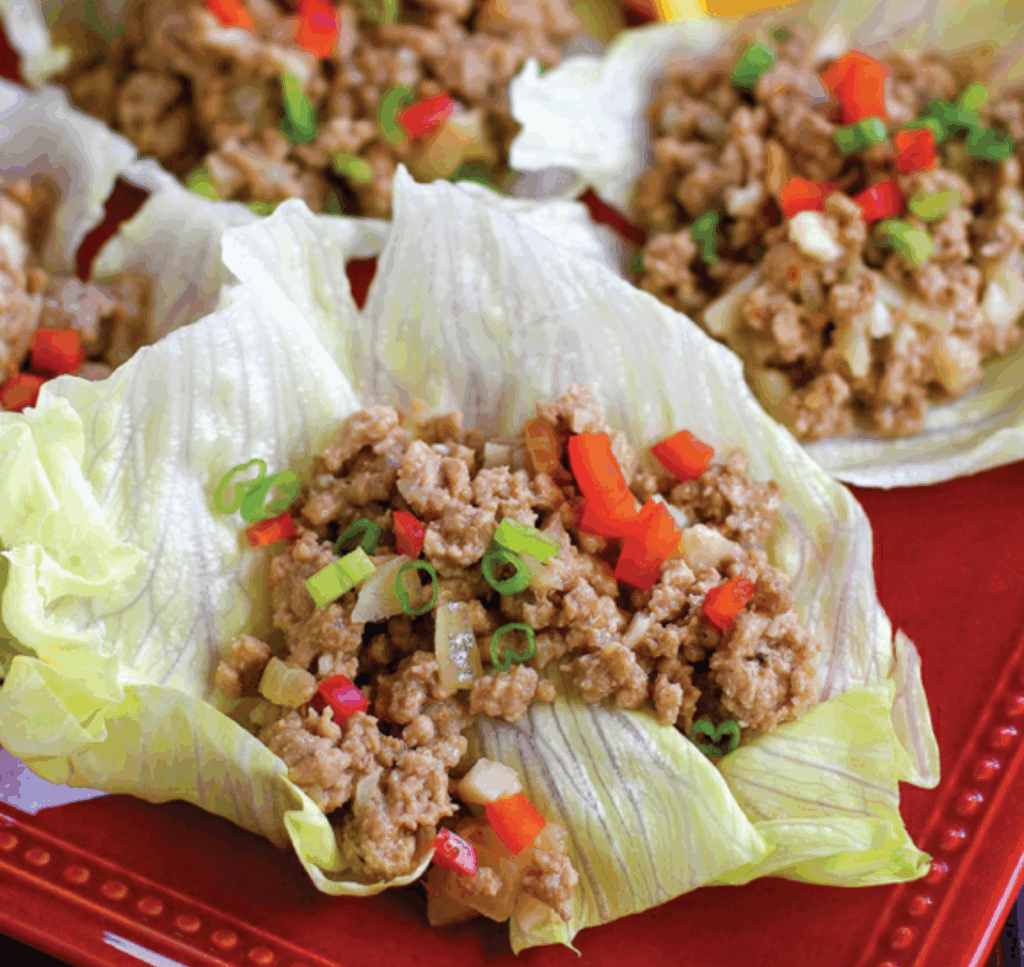 Chicken Lettuce Wraps
Chicken Lettuce Wraps
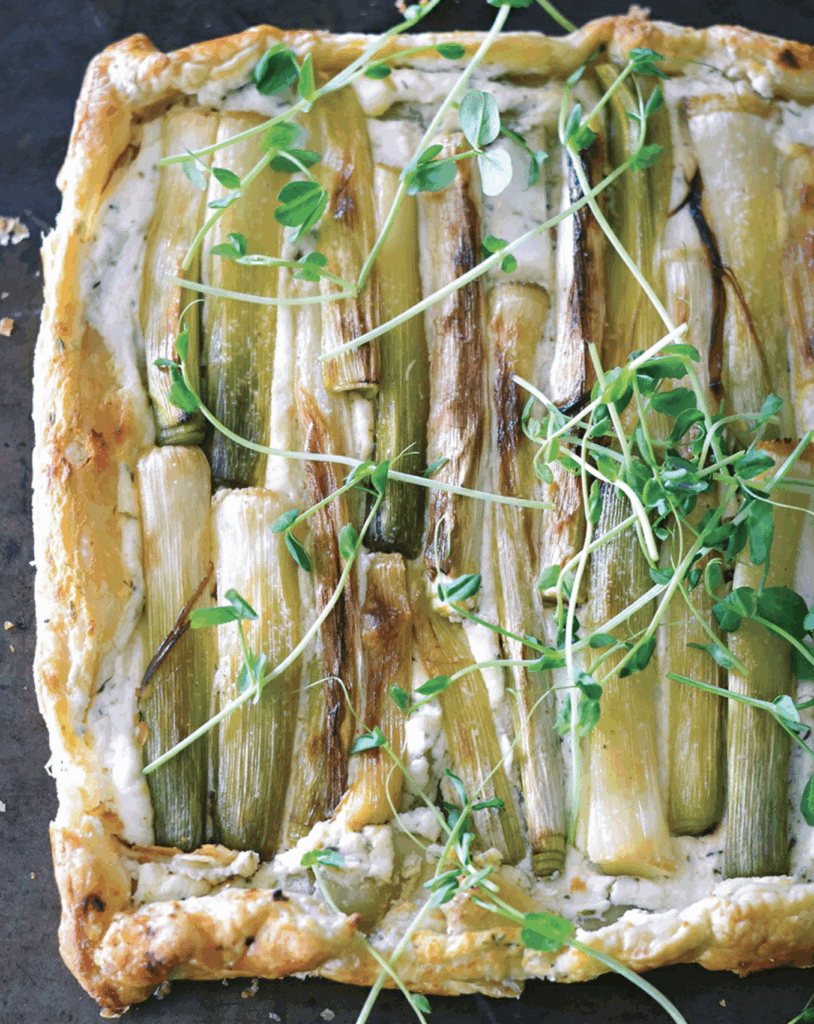 Rustic Leek Tart with Lemon-Thyme Ricotta
Rustic Leek Tart with Lemon-Thyme Ricotta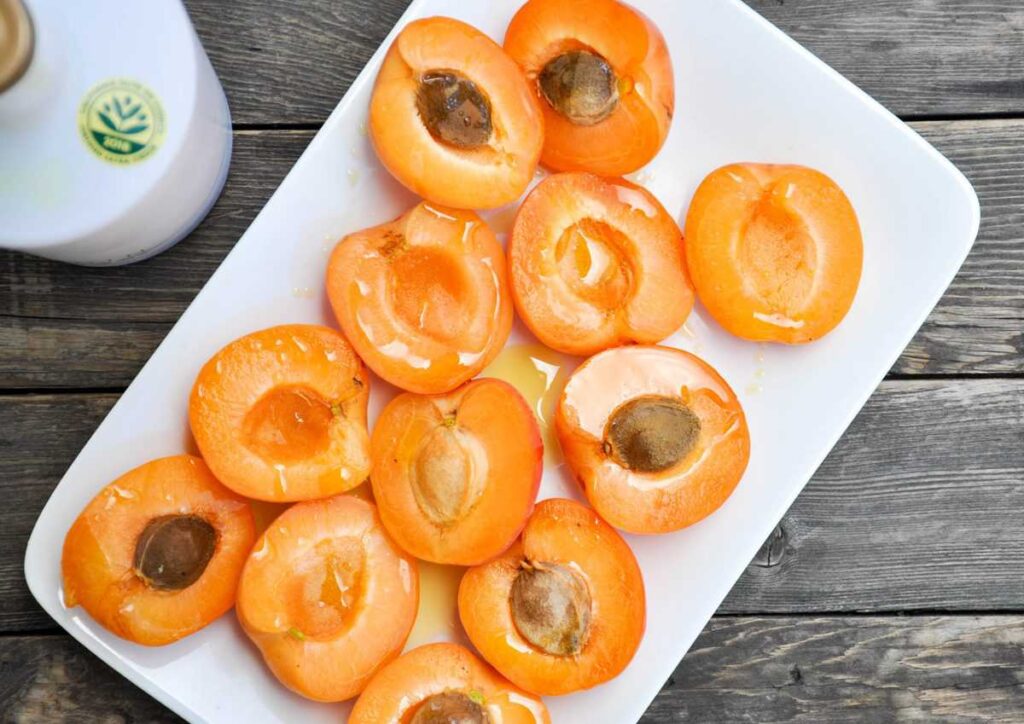 Roasted Apricots with Goat Cheese, Bacon, and Honey
Roasted Apricots with Goat Cheese, Bacon, and Honey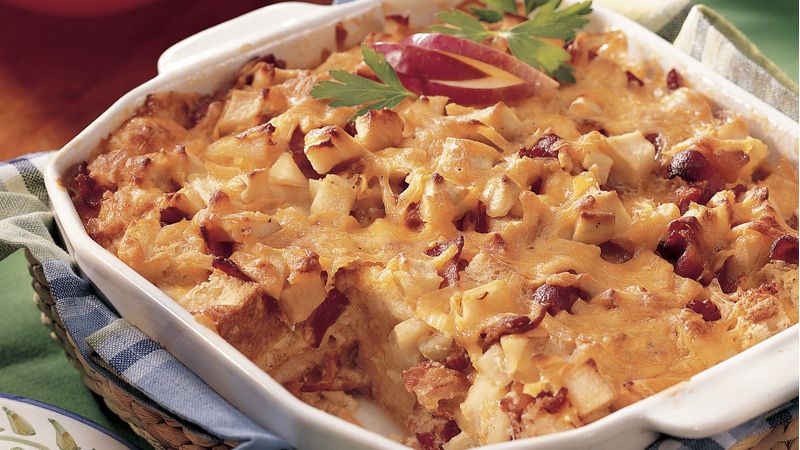 Apple, Bacon and Cheddar Bread Pudding
Apple, Bacon and Cheddar Bread Pudding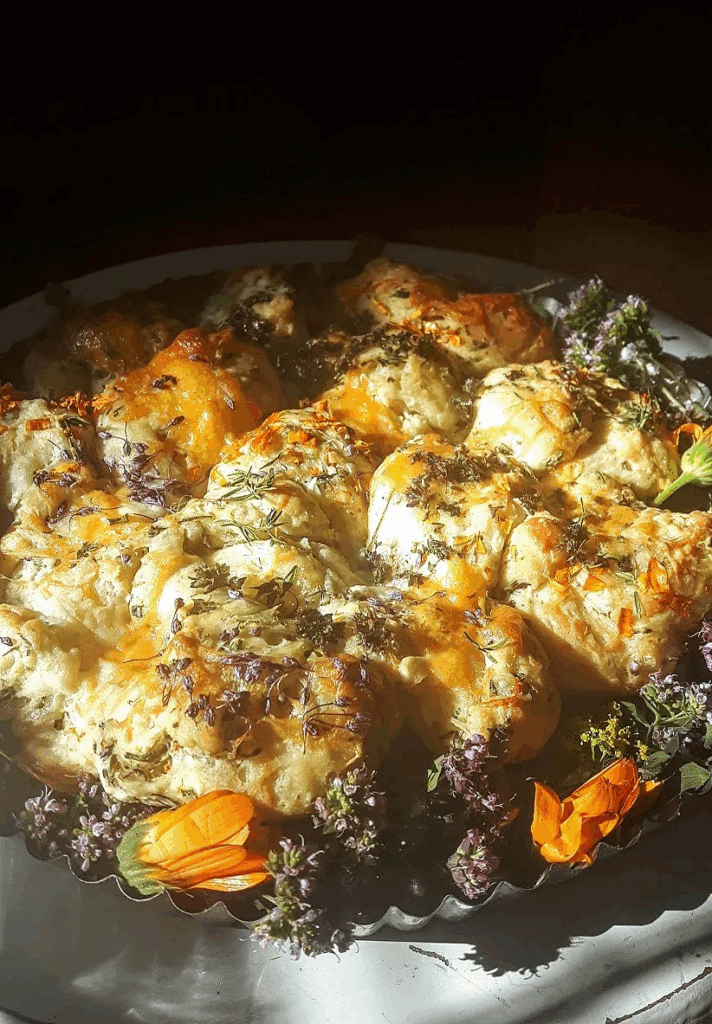 Herbalicious & Cheesy Lammas Biscuit Loaf
Herbalicious & Cheesy Lammas Biscuit Loaf Fool’s Ful
Fool’s Ful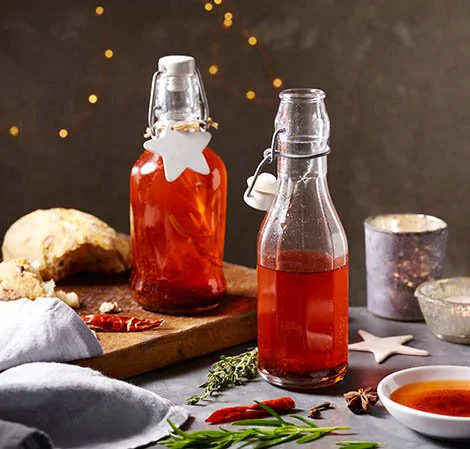 Chili Oil
Chili Oil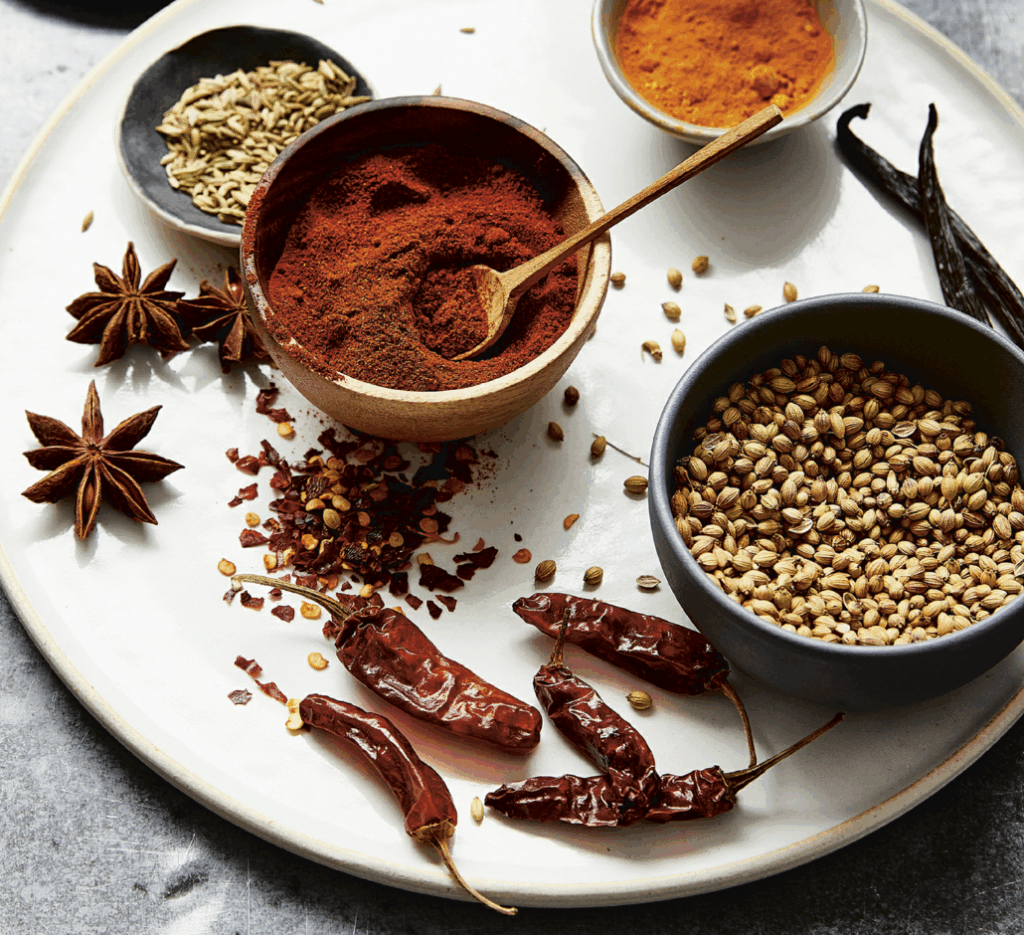 Chili Powder
Chili Powder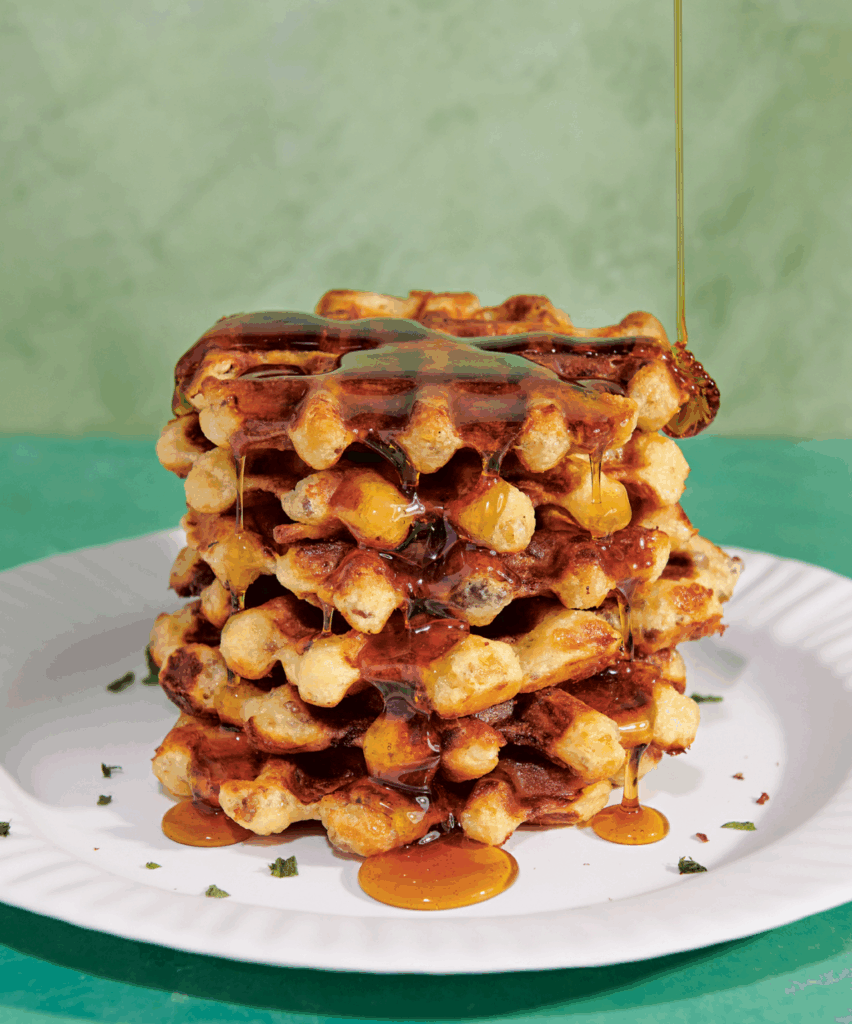 breakfast sausage
breakfast sausage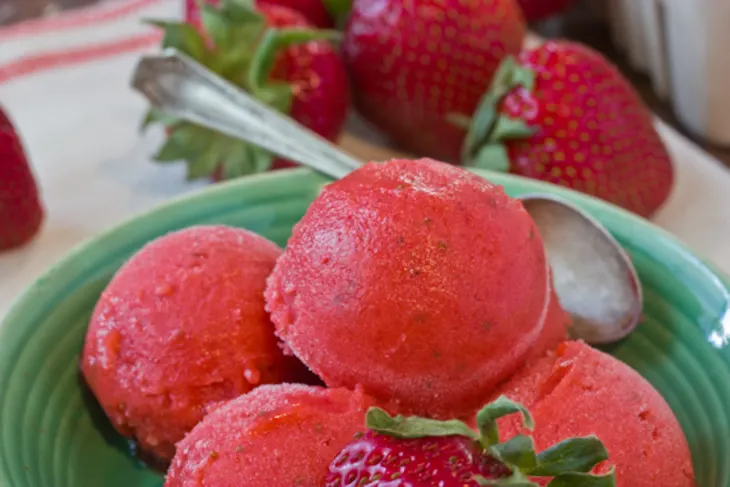 Strawberry & Honey Sorbet
Strawberry & Honey Sorbet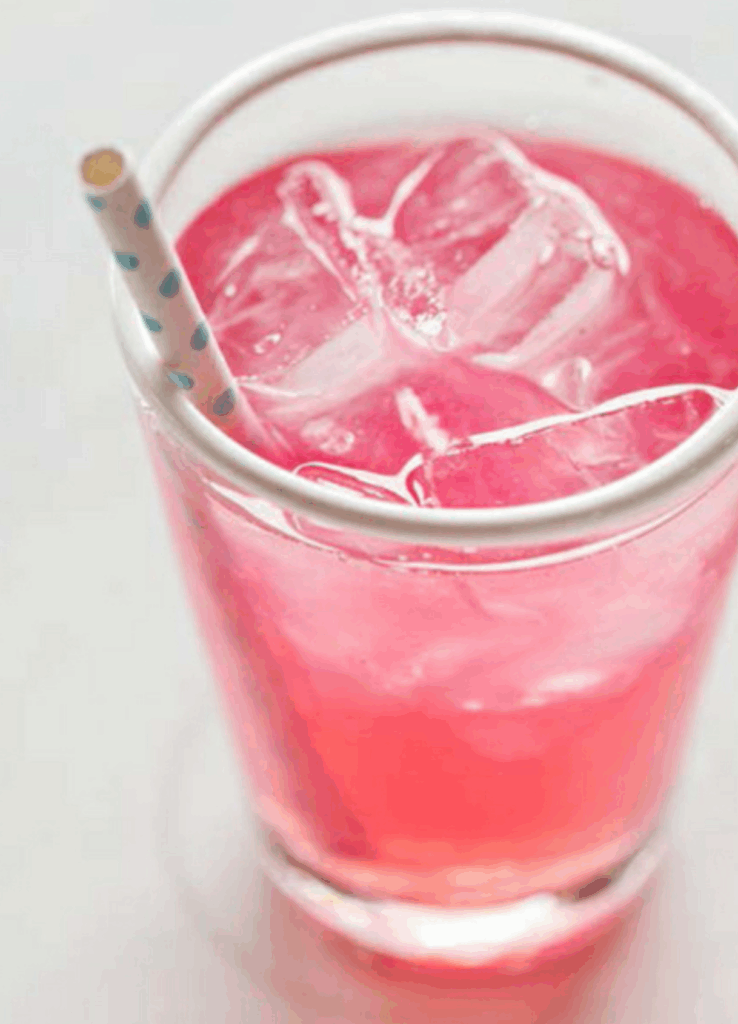 Rhubarb-Vanilla Soda
Rhubarb-Vanilla Soda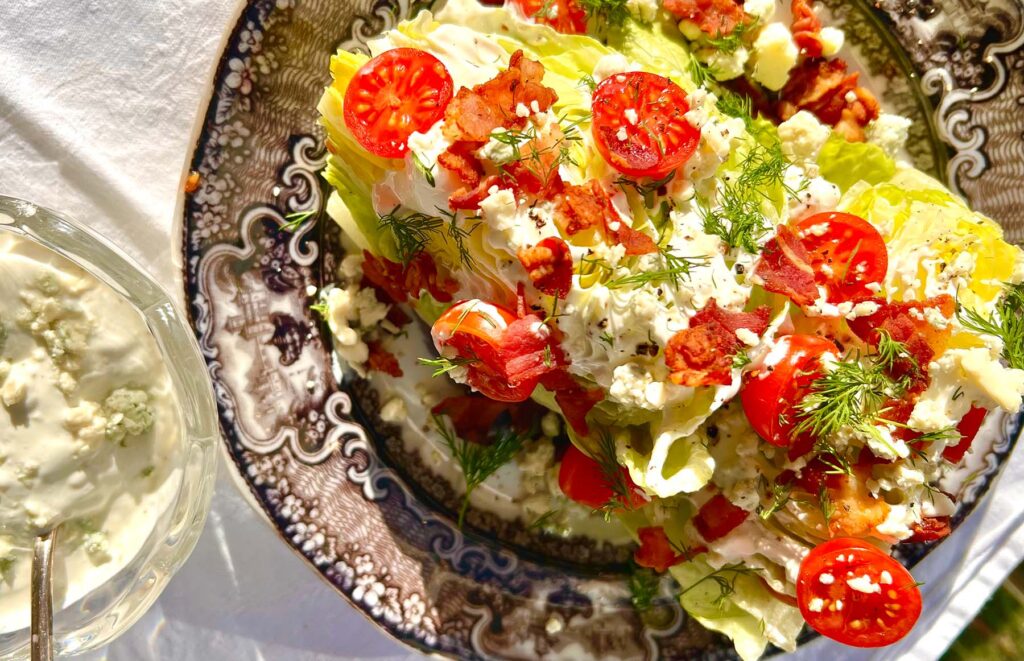 Alex Guarnaschelli Wedge Salad
Alex Guarnaschelli Wedge Salad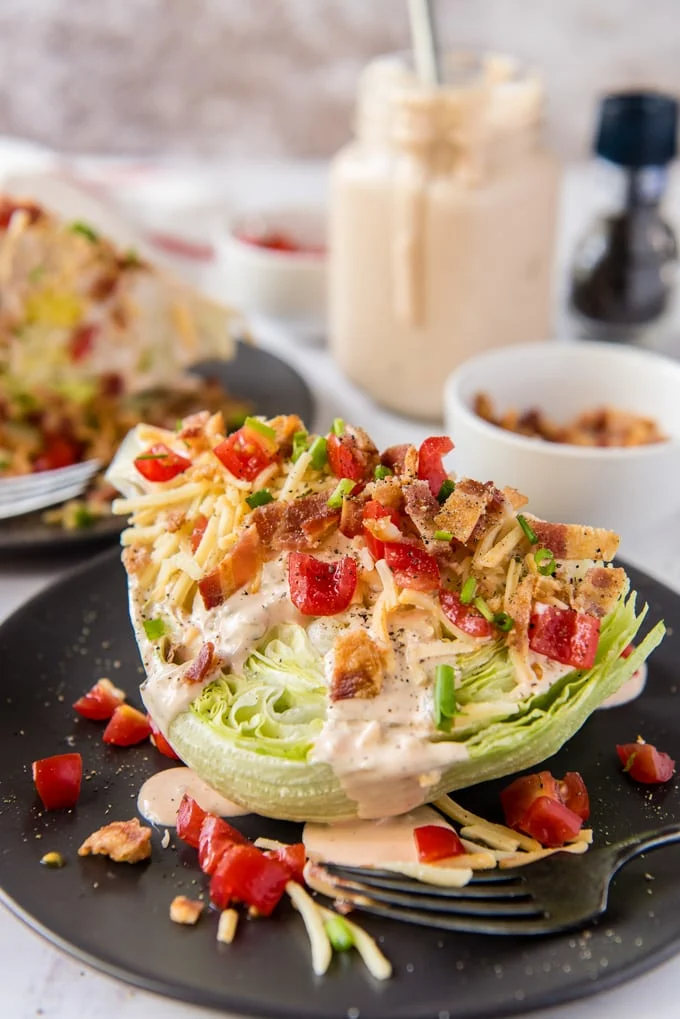 Wedge Salad with Homemade 1000 Island Dressing
Wedge Salad with Homemade 1000 Island Dressing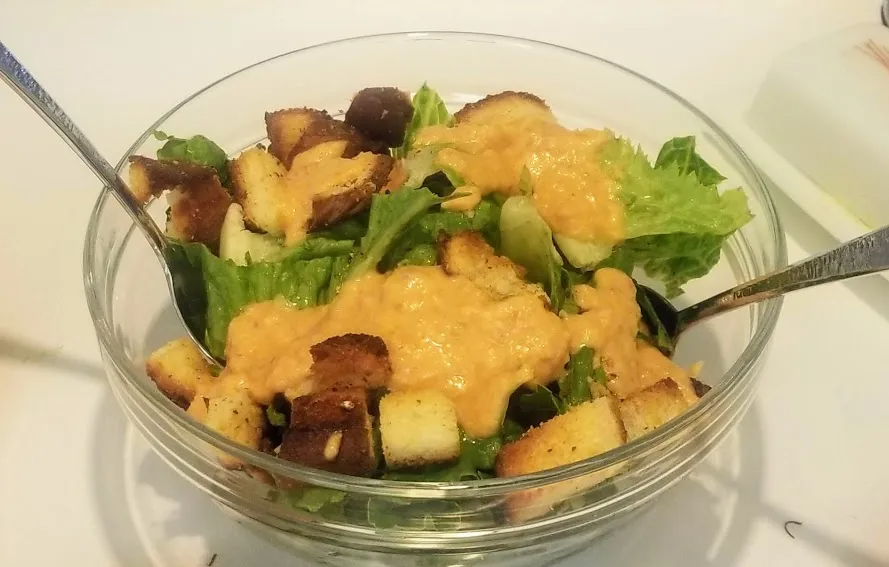 Copycat Kraft Tomato and Bacon Dressing
Copycat Kraft Tomato and Bacon Dressing